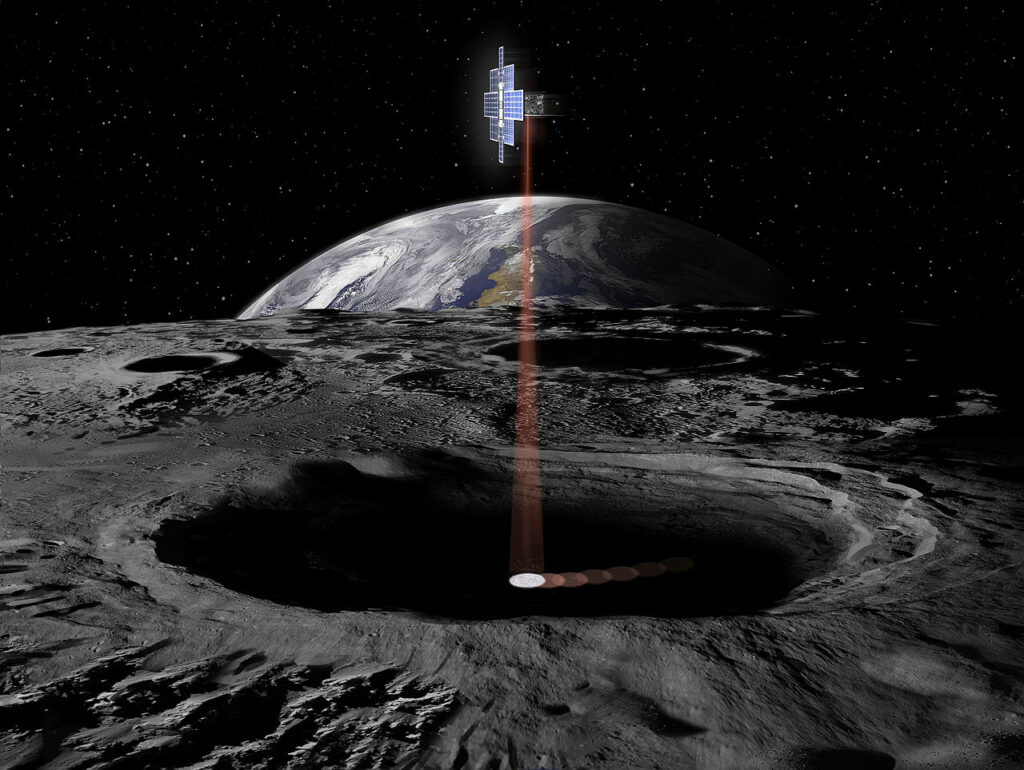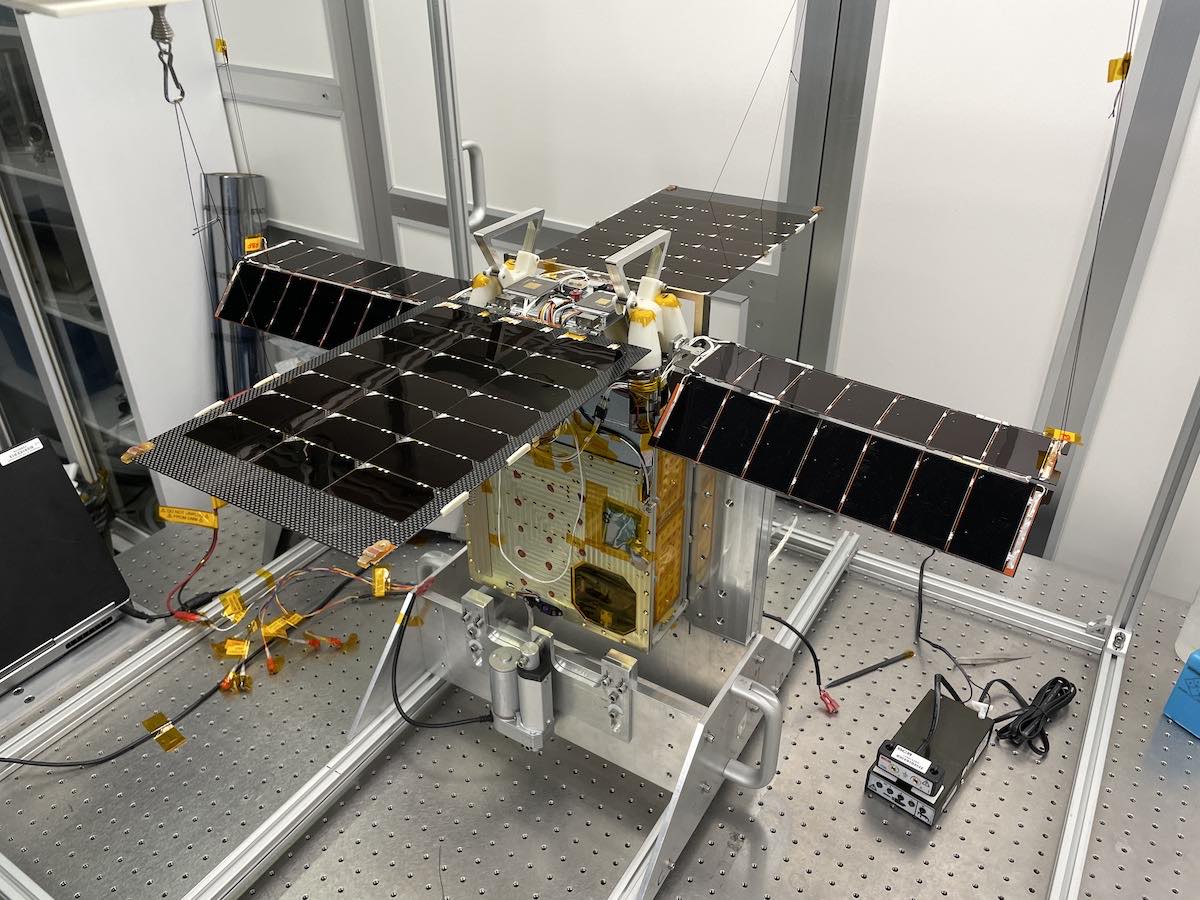NASA has announced the impossibility of fulfilling the main goal of the Lunar Flashlight mission to study ice at the south pole of the Moon. At the same time, the spacecraft still remains in touch with the Earth and the organization has not yet made a decision on its future fate.
Dispute for the rescue of the lunar cubesat
Lunar Flashlight is a 14-kilogram spacecraft created on the basis of the Cubesat platform. The main purpose of the satellite is to search for traces of water ice and volatile substances in the polar craters of the Moon. For this purpose, Lunar Flashlight is equipped with an infrared laser and a spectrometer. The mission plan assumed that during the flight over the polar craters, the satellite would illuminate their bottom with a laser. Then the spectrometer analyzed the light reflected from the lunar surface, which would determine its composition.

Cubesat was launched on December 11, 2022. It successfully separated from the rocket, after which it began an independent flight. Unfortunately, shortly after that, engineers identified problems. Three of the four CubeSat engines could not work at full capacity. According to engineers, this happened due to clogging of fuel lines with some kind of garbage. The fact is that the fuel system of the spacecraft was made on a 3D printer using the principle of sintering metal powder with a laser. NASA believes that metal particles could get into the fuel lines, which did not allow the engines to develop the necessary thrust.
To save the mission, engineers have developed a new plan. Its essence was that Lunar Flashlight would remain in a remote orbit around the Earth, where it flew over the south pole of the Moon once a month. This would allow Cubesat to fulfill the main part of its scientific program.
In February 2023, Lunar Flashlight attempted to perform a series of course corrections that would allow it to move into the desired orbit. Attempts were also made to unblock fuel lines. However, despite some success, the thrust of the remaining engine was not enough to perform the necessary maneuver. As a result, NASA had to announce that it was impossible to achieve the mission goals.
Further fate of Lunar Flashlight
Despite the fact that Lunar Flashlight never managed to get to the Moon, the mission could not be called a complete failure. In its course, a number of experimental devices and technologies were tested. Among them are the on-board computer Sphinx, the IRIS radio complex, which allows accurate navigation in deep space, as well as a new propulsion system powered by non-toxic ASCENT fuel.

It is also worth noting that Lunar Flashlight still continues to function. On May 17, it will fly at a distance of 65 thousand km from Earth, after which it will move into a heliocentric orbit. NASA has not yet made a decision on the future fate of the spacecraft. Perhaps the organization will be able to find some new purpose for it.
Follow us on Twitter to get the most interesting space news in time
https://twitter.com/ust_magazine
